As with many of my articles, this one covering the photography basics I use daily comes from a place of being self taught. I did not study at college or university and picked up my very first camera just three years ago.
Whether I’m shooting outdoors, indoors, stationary or fast moving subjects. I go through the same steps almost on autopilot before taking each shot.
It has become second nature to check and adjust three crucial settings on my camera prior to taking every photo. Like driving a car, mastering the controls below will allow you to spend more time managing your composition, framing, focus and more.
Please note that all of the instructions, recommendations and advice below applies only when shooting in manual mode. Please be sure to turn off any auto-settings in order to try out any of the experiments below.
Basic camera controls and what they do
On every DSLR or Mirrorless Camera you will find dials or options to adjust the Aperture, Shutter Speed and ISO. Please note that not every lens however will allow for electronic adjusting of the Aperture.
For example, the Helios 44-2 58mm, a vintage cinema lens manufactured in 1970’s USSR has a Manual Aperture Ring. Meaning I can adjust the aperture using the lens itself rather than a dial or option built into my camera.

What is Aperture or f-Stop on my camera and what does it do?
The Aperture (or f-Stop) is the amount of light allowed through to the camera’s sensor by the lens. Inside your lens you will have Aperture Blades.
When you reduce the aperture to a lower number, I.e f1.4, this increases the amount of light captured. By increasing the Aperture to a higher number, you can dramatically reduce the amount of light hitting the sensor.
Adjusting the Aperture will also increase or decrease your depth of field. The depth of field simply narrows as you allow more light in, and widens as you increase your aperture, thus reducing the amount of light to hit the sensor.
Does this Photography Basics article make sense so far?
Even though I completely understand the workings of what is mentioned above, writing it down and reading it back still confuses me slightly. “Reduce the aperture to increase the amount of light to reduce the depth of field.”
And to do the opposite you can “Increase the aperture to decrease the amount of light to increase the depth of field.
Exactly! See why it’s so confusing? But that’s the mechanics of it.
What is “Depth of Field” in Photography?
Try this simple experiment with me. Stand next to a wall or something similar just a few feet away. Place your hand out in front of you and leave a small gap of about 10cm (approximately 4 inches in old money) between your hand and the wall or object.
Now look at your hand, focus on it but pay attention to the wall. While observing your hand, the wall will be ever so slightly out of focus. However you’ll still be able to make out most of the details on the wall or object beyond your hand.
Then if space allows, take several steps back until you are 5 or more metres away from the same wall. Now focus on your hand again and see is you can view the wall in the same level of detail.
Chances are, it is completely out of focus. Our eyes view things with their own depth of field. This allows us to focus on objects nearby with precision while eliminating details of objects in the background.


The further the object which your eyes (or lens) is focussed on, the wider in terms of distance the depth of field in front and behind the object will be.
For example, standing 5 metres from your subject, with trees 20 metres away will create a lovely background separation when shooting anywhere from f1.4 to f5.6.
However, if you were to stand 30 metres from your subject with trees 20 metres behind them. The trees will very likely be more in focus, and there will be less separation between your subject and the background.
Another thing to try is taking a close-up photo of somebody’s face. At a lower aperture such as f2.8 or below, focus on their eyes and their nose may be out of focus.

Try increasing the aperture until the nose in mostly in focus also. Here you’ll see a change in the depth of field. But also in the amount of light that flows through the lens and into the camera.

What is Shutter Speed and how should I use it?
Every time you take a photo with your camera, a shutter in front of the sensor closes then opens again. This happens either digitally using software built into the camera, also known as an “Electronic Shutter”. Or physically using a “Mechanical Shutter”.
I am yet to piece together on article comparing Electronic vs Mechanical Shutters on a camera. So here’s a link to a website that explains it beautifully:
Electronic Shutter vs Mechanical Shutter: What is the difference & which one is better?
Whichever shutter you prefer to use, the same applies. The Shutter Speed setting on your camera determines the time it takes for your camera’s shutter to close.
If you have a very fast shutter speed such as 1/2500, your camera’s sensor gathers light and data for just one 2500th of a second. Faster than the blink of an eye.

The longer it takes the camera’s shutter to close, the more light travels through and enters the sensor. Not only that, however long it takes for the shutter to close, this is how long your camera’s sensor is gathering information for.
Now lets slow it down a bit. If you adjust your shutter speed to 1/10, your camera’s sensor is now gathering light and data for one tenth of a second.
If we go even further and drop it all the way down to 6” or 6 seconds, your camera’s sensor will now be collecting light and data for a total of six seconds.

Does Shutter Speed affect how sharp my image is?
Having a low shutter speed can create motion blur in your images. I personally have quite shaky hands compared to most, so I try to keep my shutter speed at 1/200 or higher when shooting handheld.
Alternatively I can rest the camera on something like my knee, the floor or another steady object in order to drop the shutter speed even lower should I need to.
However if the subject I’m photographing is moving, having a low shutter speed may create motion blur regardless of how steady the camera is.
Over time you will learn what shutter speed is required to capture subjects moving at different rates across the frame. When you get really good at it you can create some awesome photos where the background has a swooping motion blur and the subject is super sharp.
This type of photography is called Panning. A technique often used in sports photography and even motorsport photography. Something I’m yet to master, so I just create the same effect in post using Adobe Photoshop.

Shutter Speed summarised
A longer shutter speed will let in more light, thus increasing the brightness or exposure of your photo. The data captured by your sensor will be spread over a longer period. Meaning the shot you’re taking will be more prone to motion blur.
A shorter or faster shutter speed will let in less light, thus decreasing the brightness or exposure of your photo. The data captured by your sensor will be spread over a short period. Making the shot you’re taking less prone to motion blur.
ISO, ISO, what on earth is ISO?
I’ve said it before and I’ll say it again, I’m not formally trained or qualified in this field. It just found out I’m pretty good at it and threw myself in at the deep end.
The reason I’m saying this, is because while typing up articles such as this one, I have to do a bit of Googling from time to time. In this instance:
ISO is short for “Internal Organisation for Standardisation”.
I’d never have guessed that one. Never in a million years.
Anyhow. Here’s what it does. ISO used to digitally increase or decrease the exposure of an image in camera. The camera does this using software rather than hardware, such as aperture blades or shutter speed.
Every single camera on planet earth which has an ISO feature, has a Native ISO setting. This is a baseline for the camera to capture the highest quality image it is capable of.
For example, my Sony A7iv when shooting in photo mode with no picture profile (PP). The Native ISO is 100. If I increase from 100 to 150, the exposure/brightness of my images increases too.
With the Sony A7iv I can also reduce the ISO to lower than 100. This will make the image darker or reduce the exposure.
When I flick over to video mode and I’m shooting in PP8, also known as S-Log3, the Native ISO is now at 800 and also 3200. Be sure to check the Native ISO settings for your camera to ensure you are capturing the best quality image and video.
Every digital adjustment comes at a cost, including ISO
As mentioned above, the Native ISO when used will provide you with the highest quality image. Any adjustment away from this, whether higher or lower, will digitally increase or decrease the brightness of your image.
Digital adjustments always reduce the overall quality of an image. Feel free to experiment by taking a photo indoors at a very fast shutter speed, then increase the ISO to compensate for this.
Then take the same photo very quickly at a lower shutter speed and your camera at it’s Native ISO, or as close to this as possible. When you zoom in on the higher ISO photo, you’ll see noise. This will not be visible, or will be much less visible on the lower shutter speed photo taken at a lower ISO.
What is Noise in photography?
Noise is made up of tiny, random specs or grain that appear in your image. The more you digitally enhance an image, the more noise will appear.
Digital enhancements can be in the form of using ISO in your camera to increasing saturation, exposure, shadows and more in your post production editing software.
Because noise is created in camera when you increase or decrease your ISO beyond it’s native setting. I highly recommend shooting at the Native ISO where possible. Unless of course you wish to manipulate the image to deliberately look or feel a certain way.

Piecing together the Photography Basics & Article Summary
Now that you fully understand the workings of Aperture, Shutter Speed and ISO, what approach will you have to taking photos?
Here’s how I quickly set up my camera to take a photo
I mostly choose the aperture first. The aperture determines the overall feel of a photo. Whether the subject is in focus and the background heavily out of focus. Or would I prefer to include some of the background elements by widening the depth of field?
Second I adjust the shutter speed. I mostly shoot stationary or slow moving subjects. Because of this I have more freedom to manipulate the shutter speed to perfect the exposure of my photographs.
Third the ISO. As above I try my hardest at all times to keep the ISO as low as natively possible. For me, ISO is always a last resort. Should my aperture be right or my f-Stop lowered to allow in more light. Then my shutter speed reduced again for increased exposure, but the image too dark. Only then will I increase the ISO.
After looking back at the last three paragraphs, I could have really just started with that surely?
Oh well. At least now you have a much deeper understanding of not only how your main three settings on the camera work. But also how I approach absolutely every single photo I take using these photography basics.
Should you have any questions about any of the above. Please leave a comment below and I’ll reply as quickly as I can.









